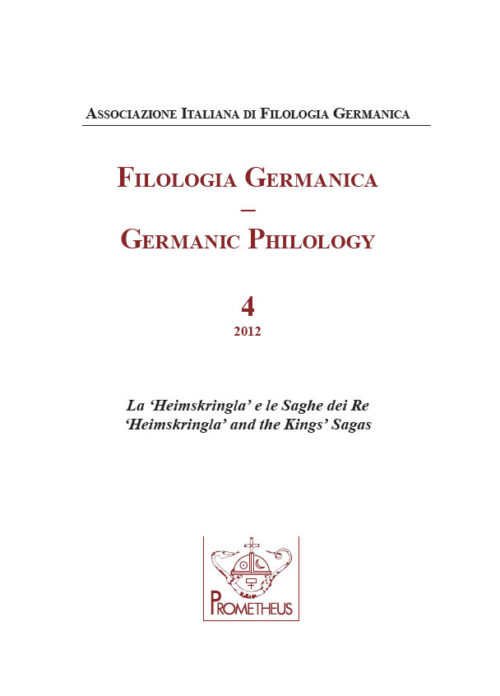One god and one king: The unification of Norway according to Snorri Sturluson
DOI:
https://doi.org/10.14672/fg.v4i.2606Abstract
This article is a diachronic analysis of Snorri’s account of the unification of Norway, partly supplementing and partly revising the argument put forward in my book Society and Politics in Snorri Sturluson’s Heimskringla (Berkeley 1991). During this discussion, I will attempt to show that Snorri regarded Harald Finehair’s conquest as a radical change in the history of the country. Although there was no peaceful transmission of Harald’s power during the following generations, Snorri depicts all the conflicts in the period up to the mid-eleventh century as being linked to the question of who should succeed to Harald’s inheritance. This account is the result of a considerable reworking of events on Snorri’s part. Using only a few scattered skaldic poems and various stories of conflicts within the country, he builds a picture of a conqueror with the explicit aim of creating a Norwegian kingdom and a systematic plan to subdue the various parts of the country. In accordance with the genealogies created by his predecessors, he identifies the two Olafs as Harald’s descendants, depicts the younger of them as explicitly proclaiming himself the heir to the realm Harald conquered, and, by securing the final victory of Christianity, fulfilling the promise in Harald’s appeal to an Almighty God, unknown to him. Finally, Snorri shows how the combination of Olaf’s sainthood and the Danish tyranny after his death united the people in resistance to the conquerors and laid the foundation for the more stable kingdom that flourished in the following period.
Pubblicato
Fascicolo
Sezione
Licenza

Questo lavoro è fornito con la licenza Creative Commons Attribuzione - Condividi allo stesso modo 4.0.
CC-BY-SA



